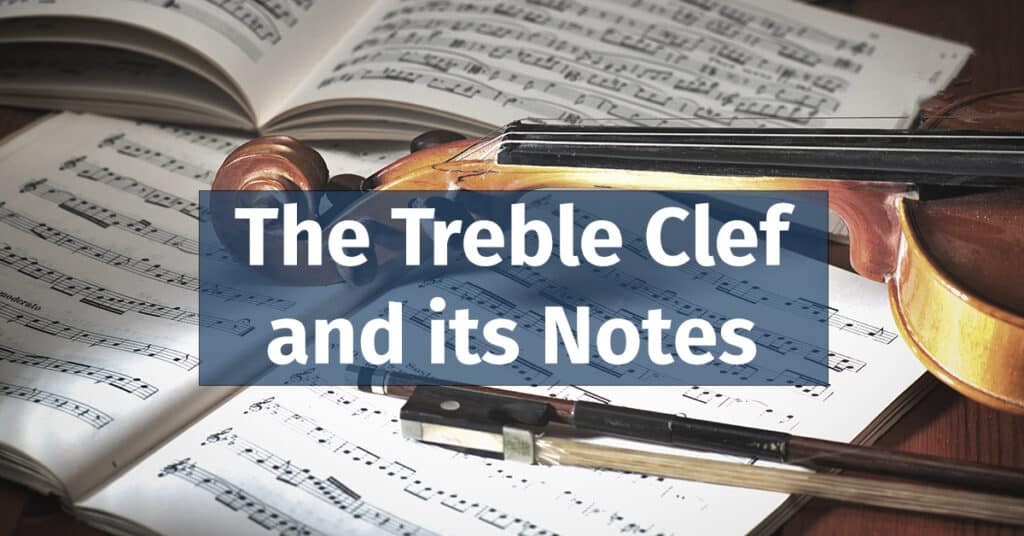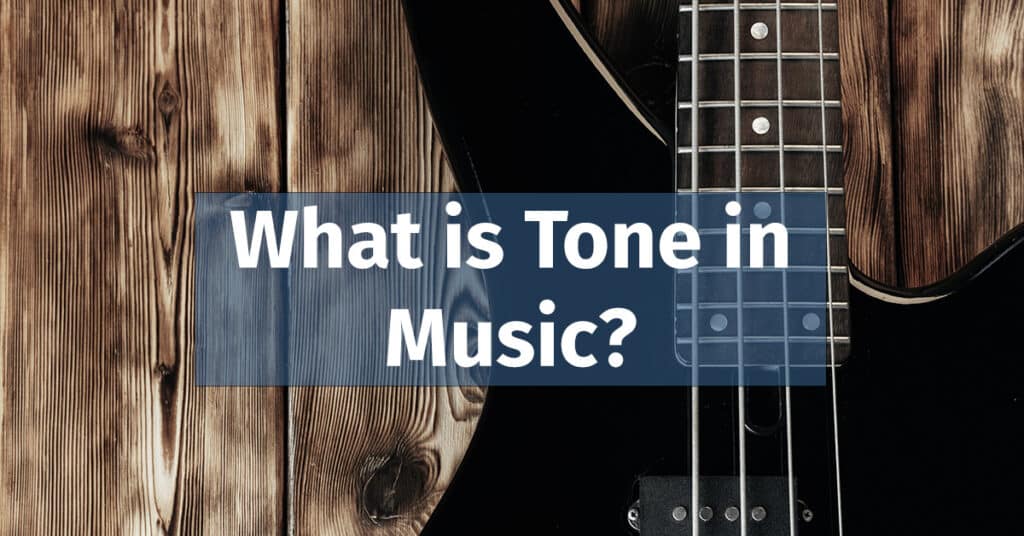The treble clef is a core symbol in music notation that denotes the pitch of written notes. Understanding it allows you to read and interpret melodies and harmonies in music scores.
Introduction
The Treble Clef is also known as the G Clef, and it is an important symbol in Western music notation. This symbol isn’t just a random design. It’s a visual guide that directs musicians to the “G” note on the musical staff.
This musical symbol evolved from the medieval form of the letter “G,” which is the reason behind its alternate name. This essential attribute of the treble clef demystifies its purpose: it designates the exact position of the “G” note on the staff.
Historically, it has been associated with higher-pitched sounds, such as notes played by the right hand on the piano, the upper strings of a violin, or the vocal ranges of sopranos and tenors.
Its omnipresence in music scores, from simple melodies to complex symphonies, attests to its importance in music.
This article will delve into the treble clef’s function, its comparison with other clefs, and its impact on music theory, songwriting, and music production. I encourage you to explore our in-depth blog post on the music staff.
Understanding the Treble Clef Notation
The treble clef is a key part of music notation. It helps in determining the pitch of the notes on the staff. Before discussing the specifics of the G clef, we must look at its basic structure.
This clef is recognized by its stylized shape, reminiscent of the letter “G.” Unlike the bass clef that points to the F note, or the alto and tenor clefs that point to C, this symbol signifies the location of the G note on the staff.
When it is placed at the beginning of the staff, its inner swirl circles around the second line from the bottom.
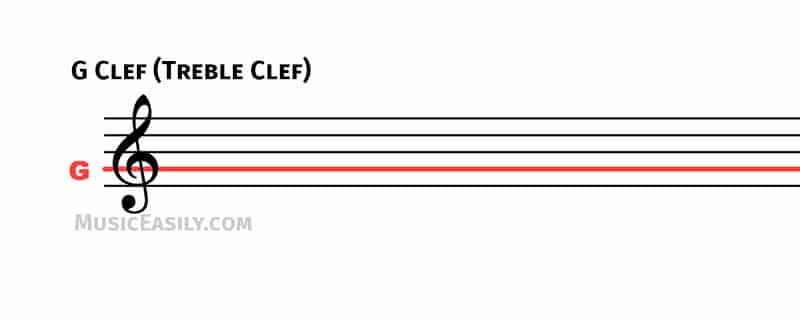
The Treble Clef on the Staff
The staff is a grid where music is written, comprising five parallel lines and the four spaces between them, each representing a different musical note.
Each line and space represents a specific musical pitch, and the placement of this symbol on the staff indicates the precise location of the “G” note, specifically the G above middle C (G4 in scientific pitch notation).
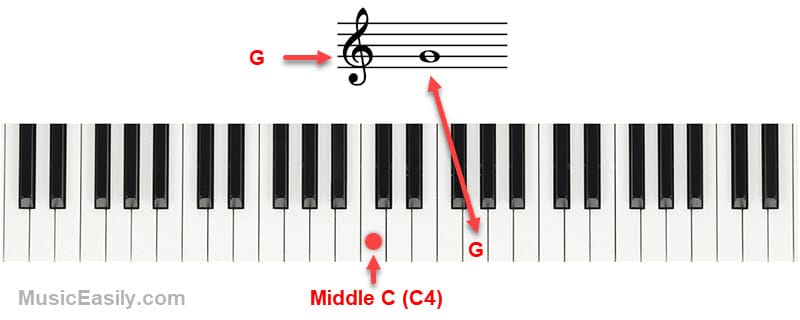
Understanding the placement of the treble clef on the staff is fundamental to reading music correctly, as it is predominantly used for higher-pitched instruments and voices, such as the flute, violin, and soprano voice.
Reading Notes on the G Clef
The treble clef, also known as the G clef, encircles the G line on the staff.
From this point, the lines and spaces are assigned their respective notes, moving upwards in the musical alphabet (A, B, C, D, E, F, G) from the bottom of the staff to the top. The space just above the G line is A. The next line up is B, and so on.
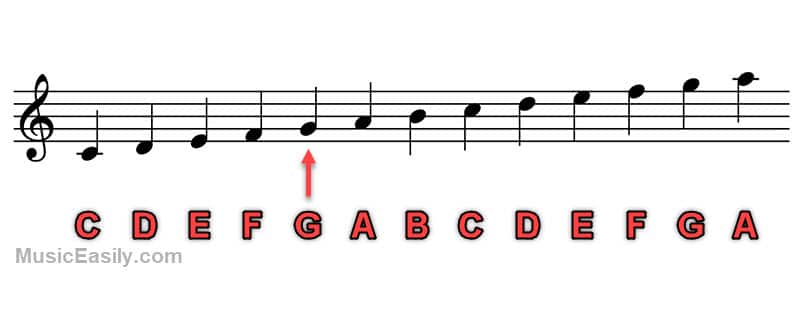
Mnemonics for Learning Treble Clef Notes
When starting out, many learners find it useful to employ mnemonics as a memory aid for identifying the notes on the treble clef staff.
Mnemonics turn each line and space into an easy-to-remember sentence where the first letter of each word corresponds to a note.
For lines (from bottom to top: E, G, B, D, F), a common mnemonic is “Every Good Boy Does Fine.”
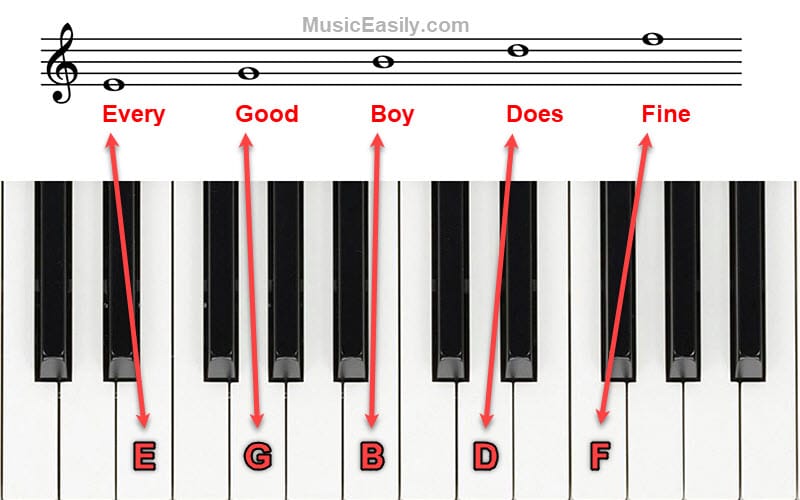
For spaces (from bottom to top: F, A, C, E), the mnemonic “FACE” is often used. These mnemonics act as effective learning aids, especially for beginners, to remember the placement of notes.
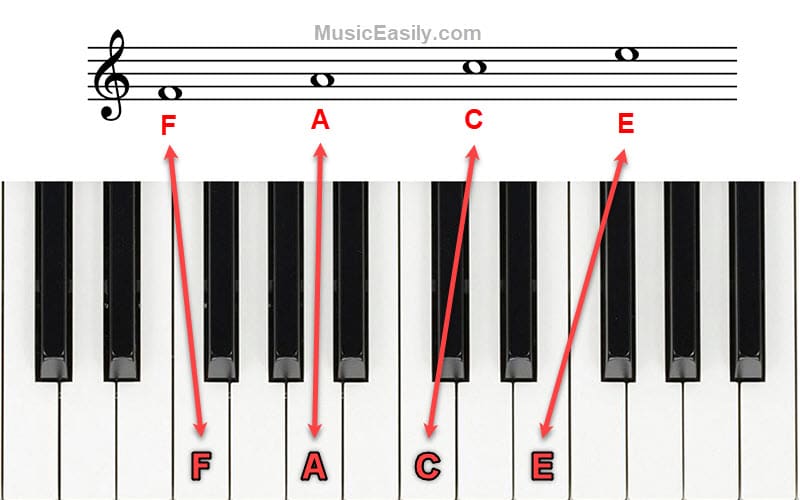
Remember, consistent practice is key to moving beyond these mnemonics and recognizing the notes instinctively.
Ledger Lines and the Treble Clef
But what about the notes that go beyond the boundaries of the five-line staff? This is where ledger lines come into play.
Ledger lines are short, horizontal lines that extend the staff to include additional notes that are either higher or lower than the range of the staff.
In the context of the treble clef, ledger lines provide the means to document pitches that extend beyond the upper and lower boundaries of the staff. For example, “Middle C,” known in scientific pitch notation as C4, is one ledger line below the staff in treble clef notation.
As notes progress higher than the top line of the staff (which is an F in treble clef notation), additional ledger lines are added for each note. Conversely, as notes descend lower than the bottom line of the staff (an E in treble clef notation), we add additional ledger lines beneath the staff for each successive note.
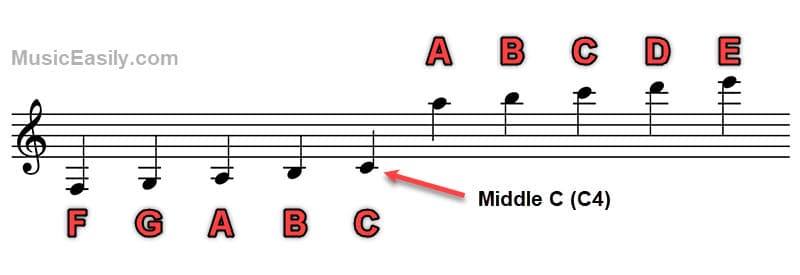
Understanding ledger lines in the context of this clef opens up an extended range of pitches, ensuring that no note is beyond our ability to notate or read.
Treble Clef in Relation to Other Clefs
In Western music notation, the G clef is one of the most common clefs, seen in music written for many instruments, including the guitar and violin, and voice. But to fully comprehend the use of this clef, it’s useful to understand its relationship to other clefs.
In this section, we’ll look at the treble clef in relation to the bass, alto, and tenor clefs.
The bass clef, also known as the F clef, primarily notates music for lower-pitched instruments and voices like the bass guitar, tuba, and male vocals. The primary difference between the treble and bass clef is the notation of the lines and spaces.
The treble clef encircles the G line, while the bass clef has two dots that surround the F line. Consequently, the notes on the bass clef are generally lower in pitch than those on the treble clef.
The alto clef, also known as the C clef, is primarily used for the viola and certain types of trombone music. The alto clef designates the middle line of the staff as the note C, serving instruments that fall in the range between those best suited for the treble and bass clefs.
The tenor clef, another type of C clef, is often used for the cello, trombone, and bassoon. Like the alto clef, the tenor clef indicates the note C, but it’s positioned on the second line from the top of the staff instead of the middle. It is typically used when the music goes above the normal range of the bass clef to reduce the use of ledger lines.
The choice of clef primarily depends on the range of the music. The treble clef is typically used for pieces with higher-pitched notes. The bass clef is preferred for lower-pitched notes, and the alto and tenor clefs are used when notes are centered around the middle C range to minimize the use of ledger lines.
Remember, clefs guide the reader in interpreting the pitches of notes on the staff. By understanding the purpose and application of each clef, including the treble clef, you can better interpret and create music across various instruments and vocal ranges.
The Importance of the Treble Clef in Music Theory
The treble clef plays an integral role in music theory. It’s the starting point for learning to read and write music, especially for higher-pitched instruments and voices. Knowing how to read notes on this clef opens up vast music creation and performance opportunities.
Firstly, it is used in scores for many popular instruments, such as the piano, guitar, violin, flute, and trumpet. It’s also the clef used for higher vocal ranges, such as soprano and alto voices. Therefore, learning to read music in the treble clef allows musicians to play a wide range of instruments and gives singers the tools to interpret their music accurately.
Secondly, understanding the treble clef is a foundational skill for composing and arranging music. Knowing how to notate music in this clef is essential if you’re a songwriter or composer. It lets you write melodies, harmonies, and intricate musical passages that other musicians can interpret.
Finally, the treble clef’s importance extends into music production. Today, many digital audio workstations (DAWs) and music notation software use this clef as the default for entering and editing notes. So, even if you’re creating music digitally, knowing how to navigate it is valuable.
To sum up, the treble clef’s importance in music theory is significant. It’s a universal tool for reading, writing, and interpreting music. By learning its use, you’re gaining an essential skill that will aid in your musical journey, whether performing, composing, or producing.
Conclusion
Understanding the treble clef is a cornerstone of music literacy. Its ubiquitous presence across various instruments, vocal ranges, and music notation software makes it a universal language in music.
This musical symbol provides a roadmap for playing melodies on higher-pitched instruments like the violin, flute, and piano. It also serves as a standard for notating soprano and alto vocal lines.
By decoding the symbols on a treble clef staff, musicians can transform inked lines and dots into heart-stirring melodies and harmonies.
For composers and songwriters, mastery of this clef is equally critical. It allows the translation of musical ideas into a format other musicians can interpret and perform, facilitating the creation of intricate musical compositions.
In music production, knowledge of the treble clef remains relevant. Modern digital audio workstations utilize it as a default for note entry, demonstrating that this traditional symbol retains its significance even in contemporary, technology-driven music production.
Ultimately, the treble clef is more than just a musical symbol. It’s a gateway that opens up a world of music creation and performance opportunities.
Understanding it paves the way for a comprehensive grasp of music theory, serving as a fundamental building block for anyone wishing to achieve music literacy.
While this is the most common clef, it’s essential to familiarize yourself with the others (ext. link), especially if you plan on learning multiple instruments or exploring different styles of music.
